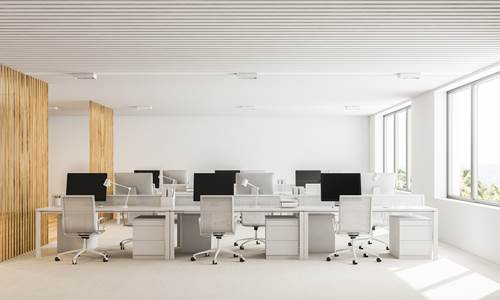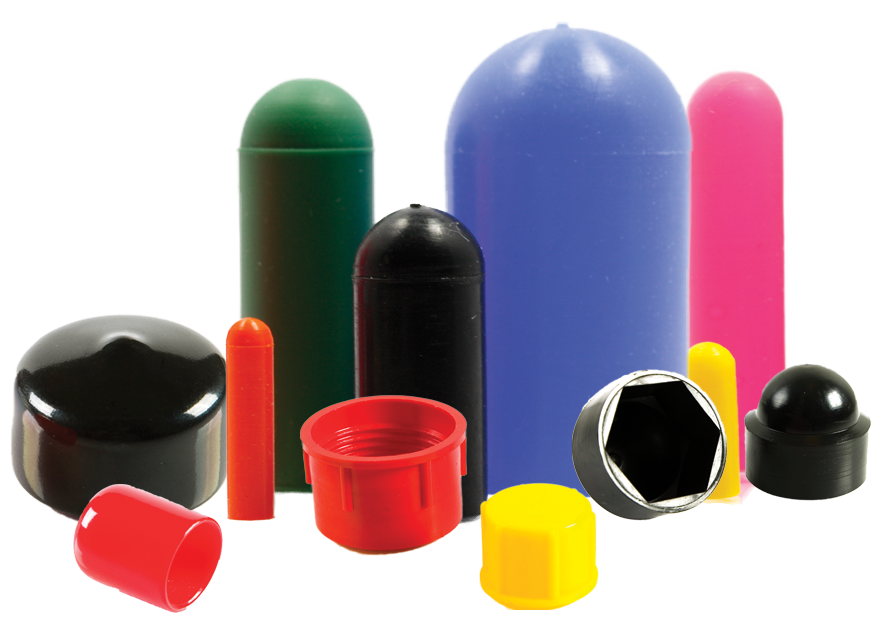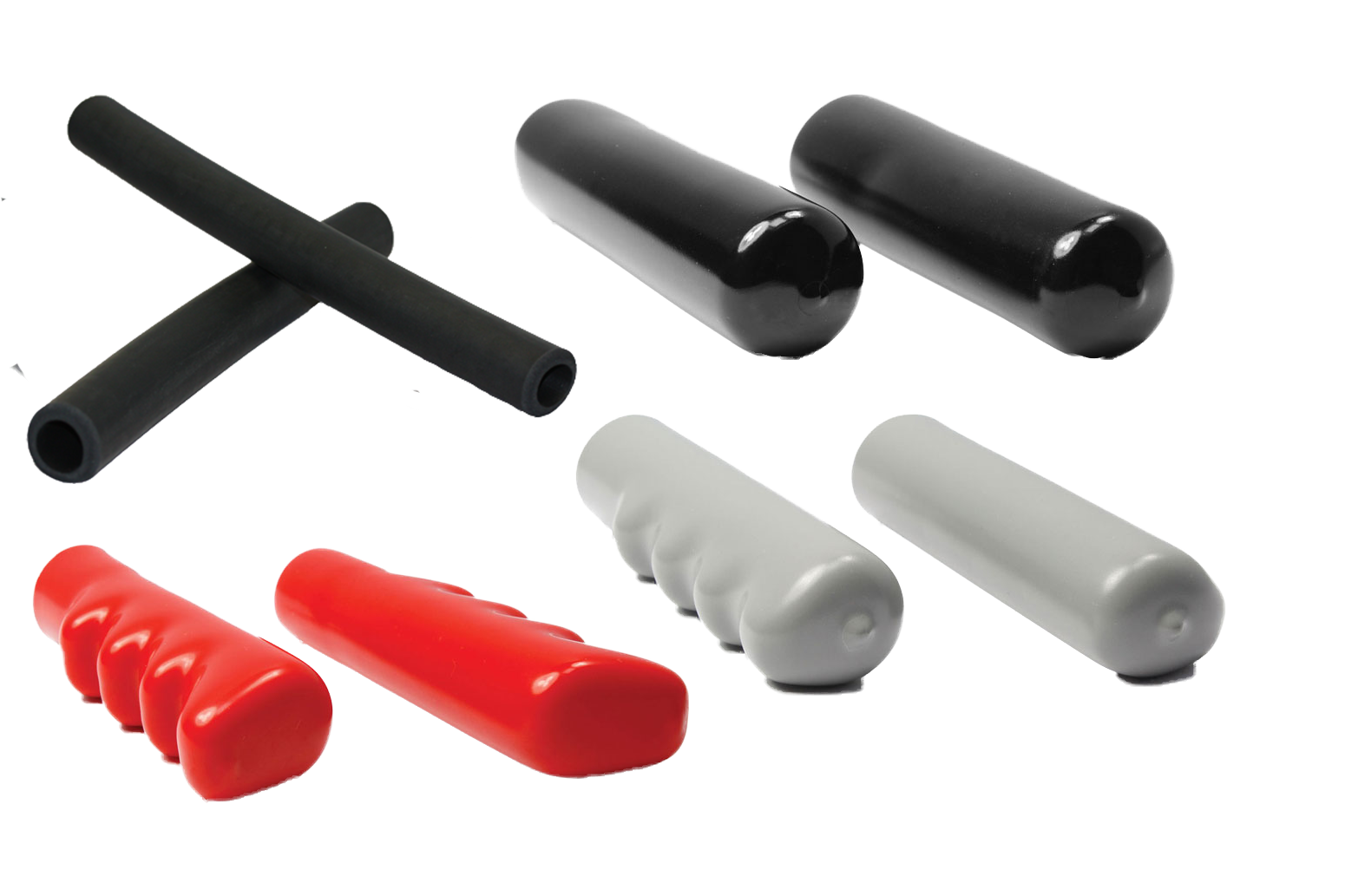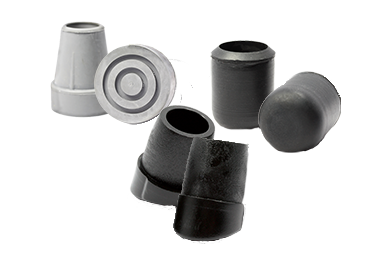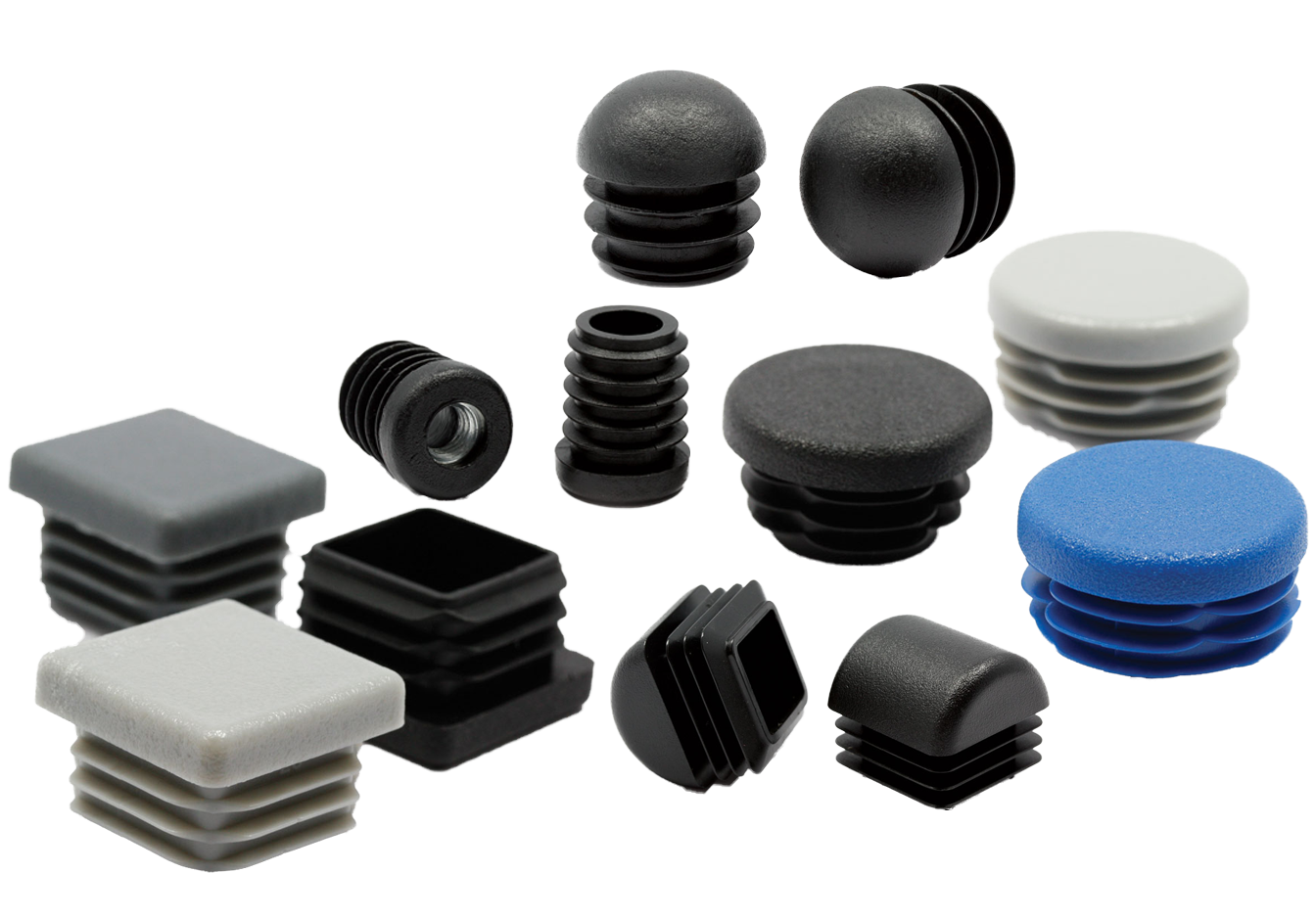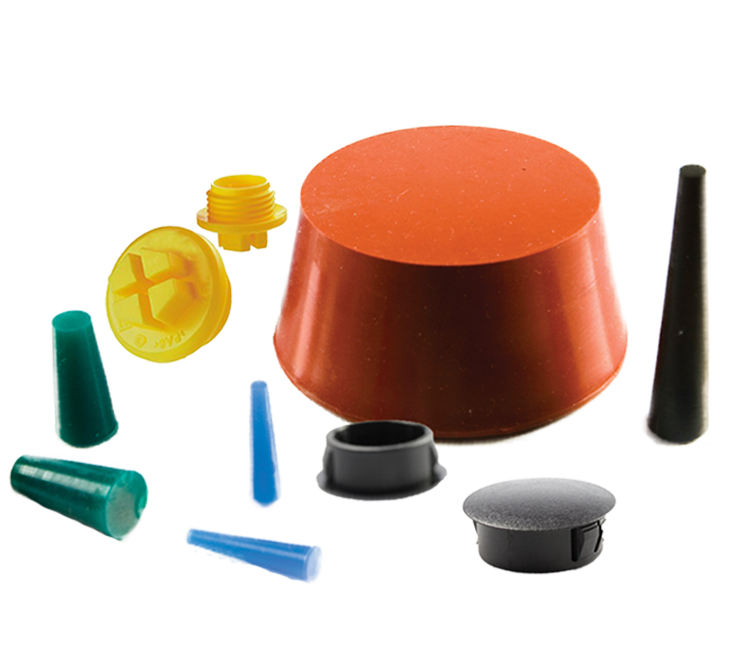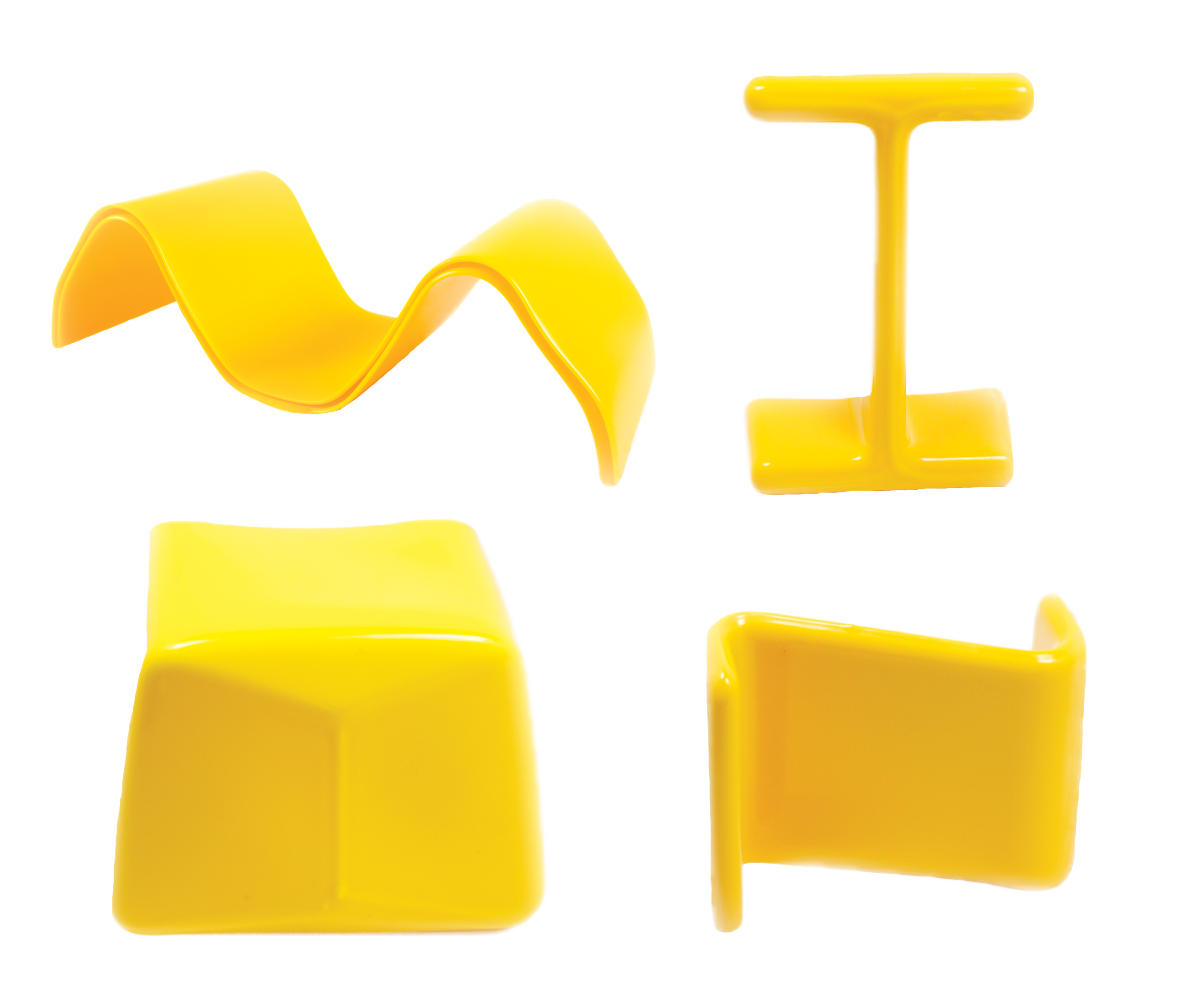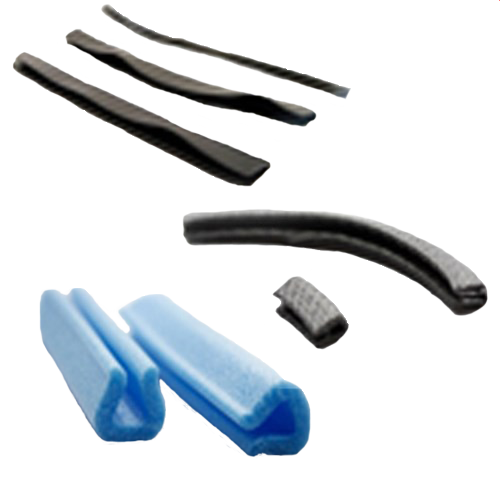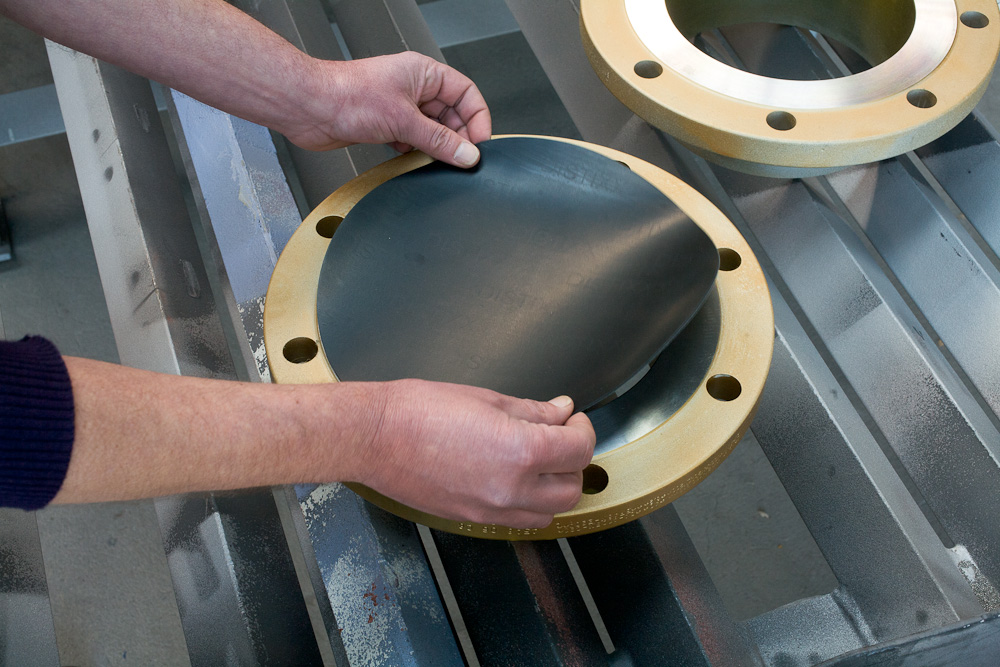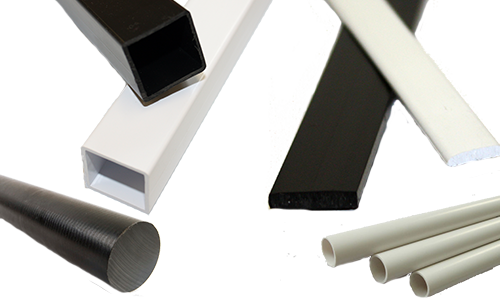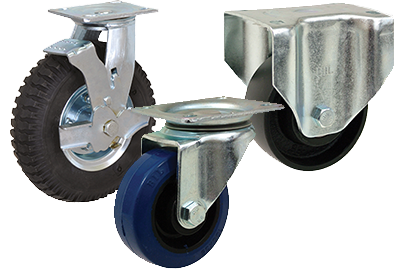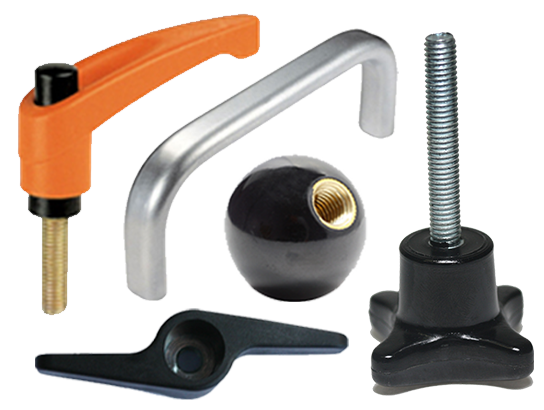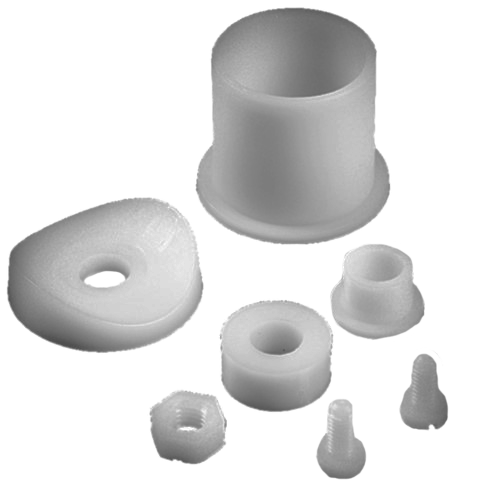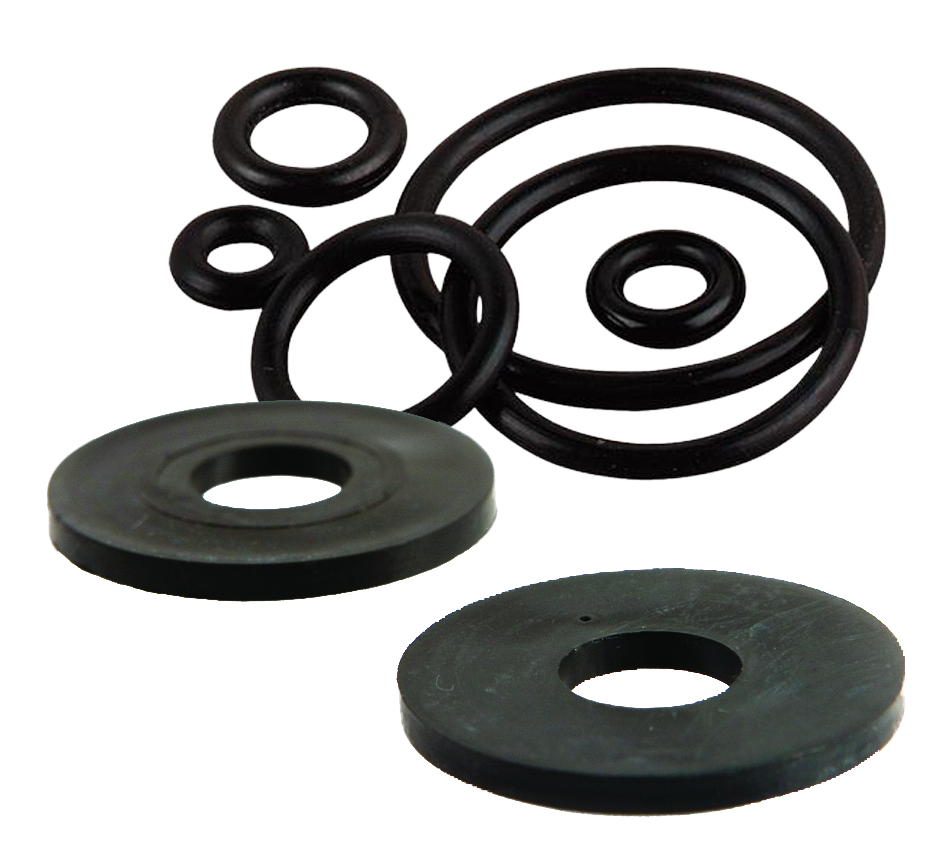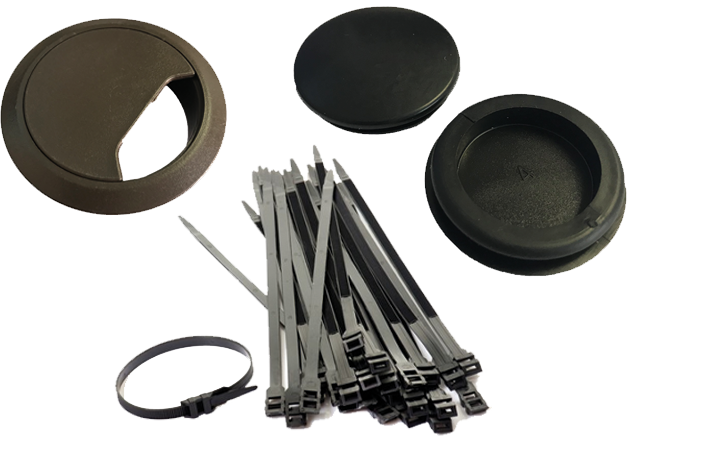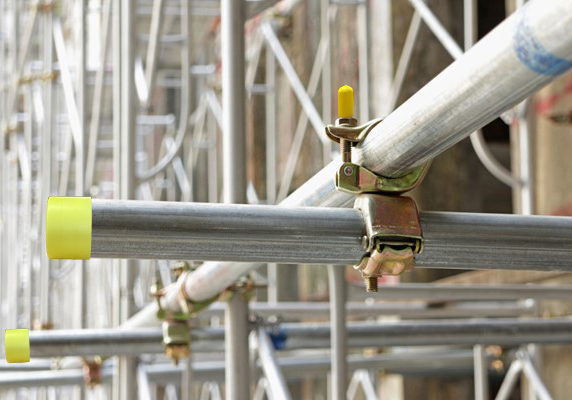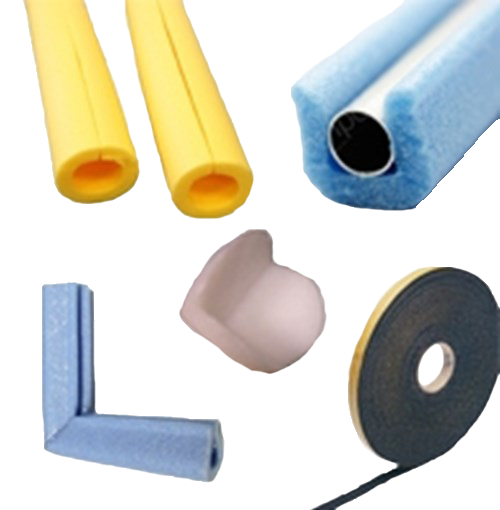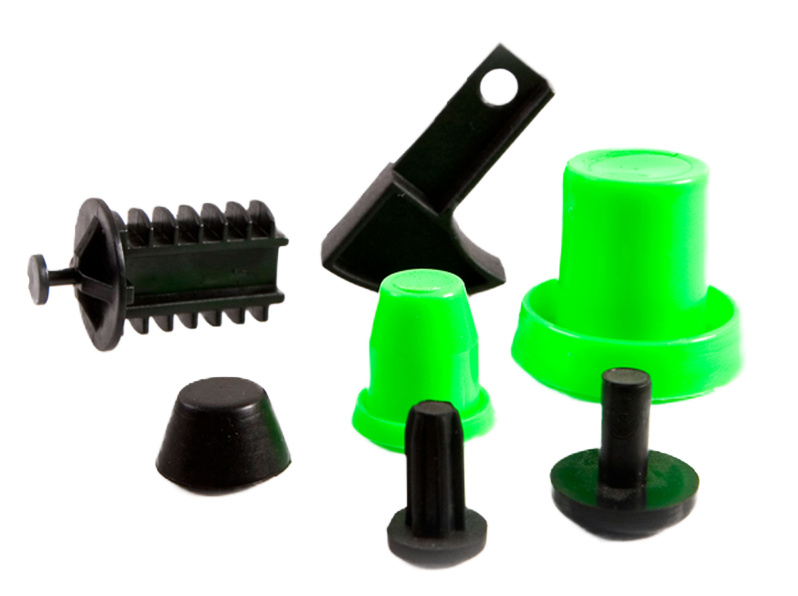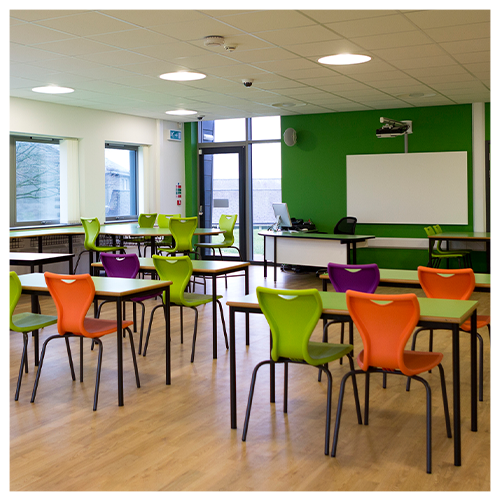For many years there has been an ongoing and sometimes rather passionate exchange of views over what makes for the ideal office environment. At one extreme, we have the open office plan. This is said to facilitate better team communication and creativity across a business. It can also separate boundaries that are often set between management and the rest of us, because in many open office floorplans, managers and senior business leaders do not retreat to a private office and instead opt to work in the thick of it with the whole team. It promotes a true team feel within a business, but some people can find the noise of an open office plan distracting, making it difficult to complete work tasks.
At the other end of the spectrum, we have offices that are closed off by either private offices or a sea of cubicles. This can leave employees feeling isolated and excluded, or can make it easier for less productive or motivated employees to avoid their work. However, this approach can limit distractions for some individuals, making them feel more capable of keeping focus throughout the course of the workday.
It seems the ideal solution would be to have the best of both worlds. This would mean finding an office plan that promotes team involvement, communication and creativity but also allows quiet spaces where people can truly focus on challenging tasks. But is that actually possible?
It turns out that it is possible. The latest workplace layout is referred to as flexible working or office spaces. This allows for the environment to be easily altered so that the layout can suit a number of needs, and promote various environments depending on what is required by employees or the business as a whole at any given time. Defining what a flexible office looks like is impossible because its very nature is so versatile, and different businesses are adopting them in different ways to suit their own needs.
For example, larger business with a bigger physical footprint may choose to set their office up in “zones” that can be used differently. This might include a section of the office that is purely open plan which is ideal for planning and brainstorming, as well as a section of cubicles for when employees need to get their head down, eliminate distractions and tackle a challenging project. Another zone might consist of a quiet room where employees can privately work on a challenging project as part of a team, still eliminating distractions.
For smaller business, mobility is a vital part of this philosophy. Businesses with small offices are likely to struggle to provide designated zones. In cases such as these, tables, desks and chairs must be mobile and easy to move in order to facilitate different environments. For example, working stations can include removable partitions that can be taken down when team members need to communicate. Similarly, desks can be adjustable so that they can cater to sitting as well as standing.
Tables and chairs on castors and wheels can also go a long way in promoting a flexible office space. This solution would allow employees to manipulate their environment any time they need to change it to correlate with the type of work they are carrying out. Our versatile ranges of castors and wheels are used in a number of office settings on all kinds of office equipment. We’re proud to play a part in the ongoing quest to find the perfect solutions for employees in the workplace.
